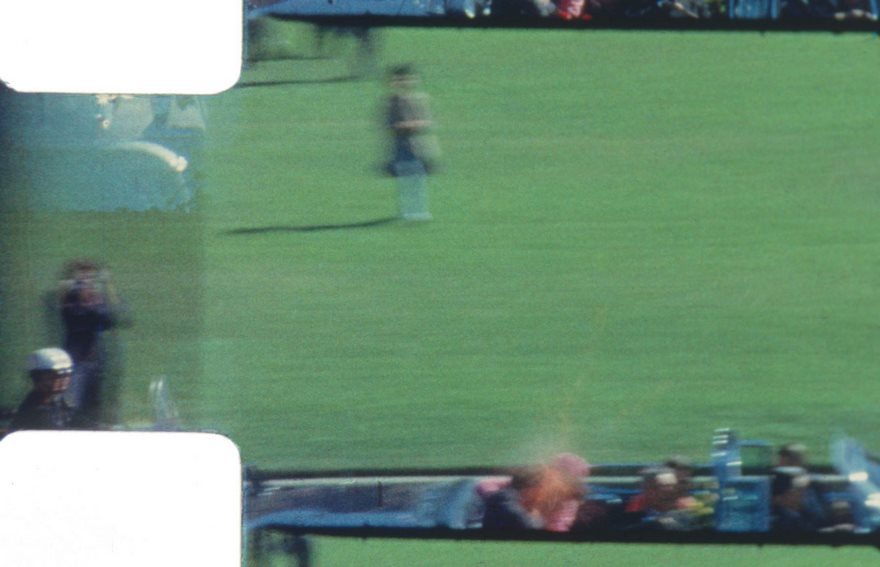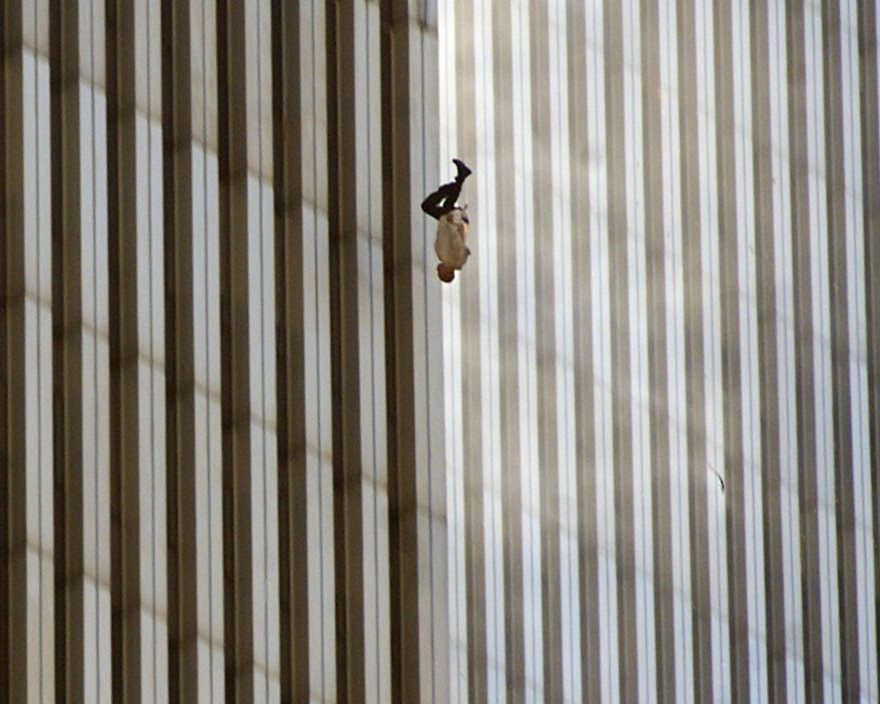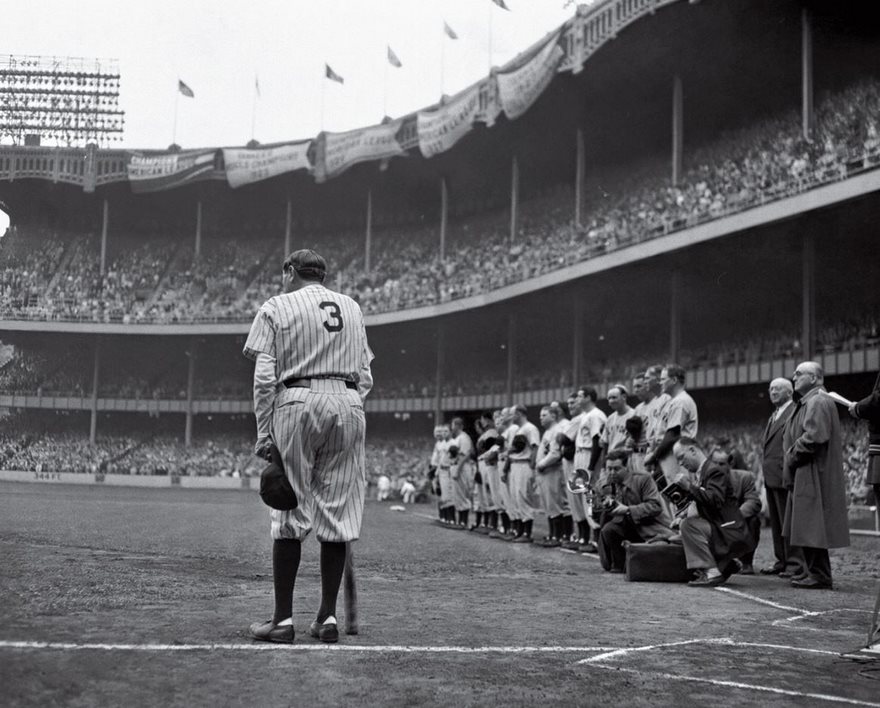
It is the most famous home movie ever, and the most carefully studied image, an 8-millimeter film that captured the death of a President. The movie is just as well known for what many say it does or does not reveal, and its existence has fostered countless conspiracy theories about that day in Dallas. But no one would argue that what it shows is not utterly heartbreaking, the last moments of life of the youthful and charismatic John Fitzgerald Kennedy as he rode with his wife Jackie through Dealey Plaza. Amateur photographer Abraham Zapruder had eagerly set out with his Bell & Howell camera on the morning of November 22, 1963, to record the arrival of his hero. Yet as Zapruder filmed, one bullet struck Kennedy in the back, and as the President’s car passed in front of Zapruder, a second one hit him in the head. LIFE correspondent Richard Stolley bought the film the following day, and the magazine ran 31 of the 486 frames—which meant that the first public viewing of Zapruder’s famous film was as a series of still images. At the time, LIFE withheld the gruesome frame No. 313—a picture that became influential by its absence. That one, where the bullet exploded the side of Kennedy’s head, is still shocking when seen today, a reminder of the seeming suddenness of death. What Zapruder captured that sunny day would haunt him for the rest of his life. It is something that unsettles America, a dark dream that hovers at the back of our collective psyche, an image from a wisp of 26.5 seconds of film whose gut-wrenching impact reminds us how everything can change in a fraction of a moment.

The most widely seen images from 9/11 are of planes and towers, not people. Falling Man is different. The photo, taken by Richard Drew in the moments after the September 11, 2001, attacks, is one man’s distinct escape from the collapsing buildings, a symbol of individuality against the backdrop of faceless skyscrapers. On a day of mass tragedy, Falling Man is one of the only widely seen pictures that shows someone dying. The photo was published in newspapers around the U.S. in the days after the attacks, but backlash from readers forced it into temporary obscurity. It can be a difficult image to process, the man perfectly bisecting the iconic towers as he darts toward the earth like an arrow. Falling Man’s identity is still unknown, but he is believed to have been an employee at the Windows on the World restaurant, which sat atop the north tower. The true power of Falling Man, however, is less about who its subject was and more about what he became: a makeshift Unknown Soldier in an often unknown and uncertain war, suspended forever in history.

He was the greatest ballplayer of them all, the towering Sultan of Swat. But by 1948, Babe Ruth had been out of the game for more than a decade and was struggling with terminal cancer. So when the beloved Bambino stood before a massive crowd on June 13 to help celebrate the silver anniversary of Yankee Stadium—known to all in attendance as the House That Ruth Built—and to retire his No. 3, it was clear this was a final public goodbye. Nat Fein of the New York Herald Tribune was one of dozens of photographers staked out along the first-base line. But as the sound of “Auld Lang Syne” filled the stadium, Fein “got a feeling” and walked behind Ruth, where he saw the proud ballplayer leaning on a bat, his thin legs hinting at the toll the disease had wreaked on his body. From that spot, Fein captured the almost mythic role that athletes play in our lives—even at their weakest, they loom large. Two months later Ruth was dead, and Fein went on to win a Pulitzer Prize for his picture. It was the first one awarded to a sports photographer, giving critical legitimacy to a form other than hard-news reportage.
I selected these pictures as I feel they are of importance to many historical moments in America. The JFK assassination was a heartbreaking moment in history and the frame at which this picture was taken captures the moment the US was lost during the 1960s. The 9/11 photo of a man falling from the building shows the suffering that people within the towers were going through. People would rather fall thousands of stories than to be in the collapsing tower that was becoming hot and difficult to breathe in, just to do anything to try and survive. Babe Ruth’s farewell game was the goodbye to the best hitter baseball will ever see. Babe Ruth remains the face of baseball and will be known as the greatest to ever do it and this picture captures that.

Leave a Reply